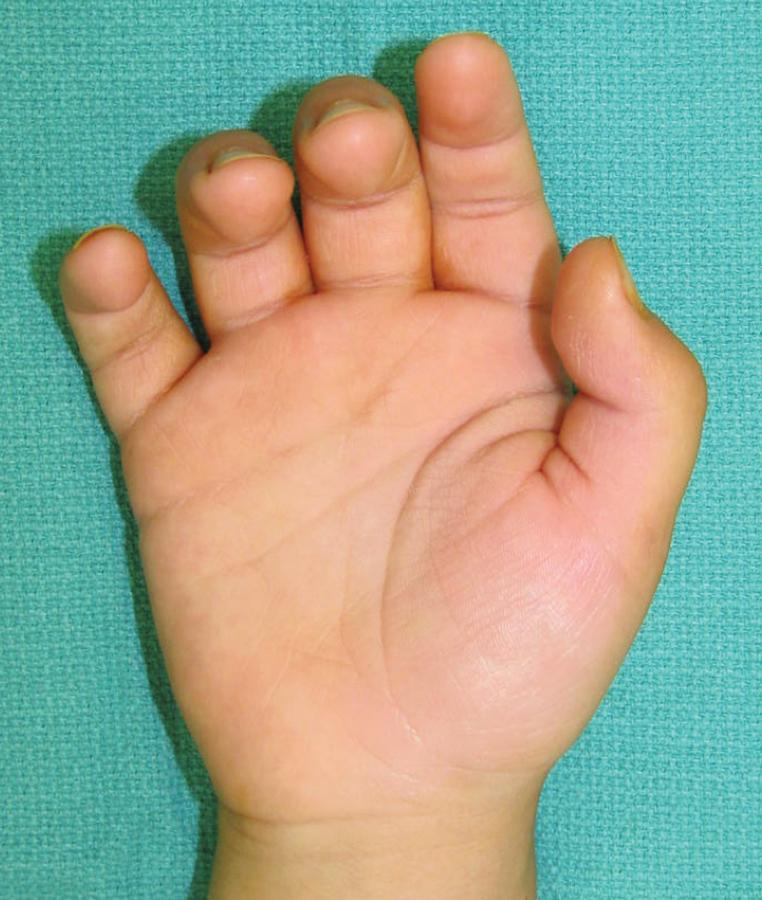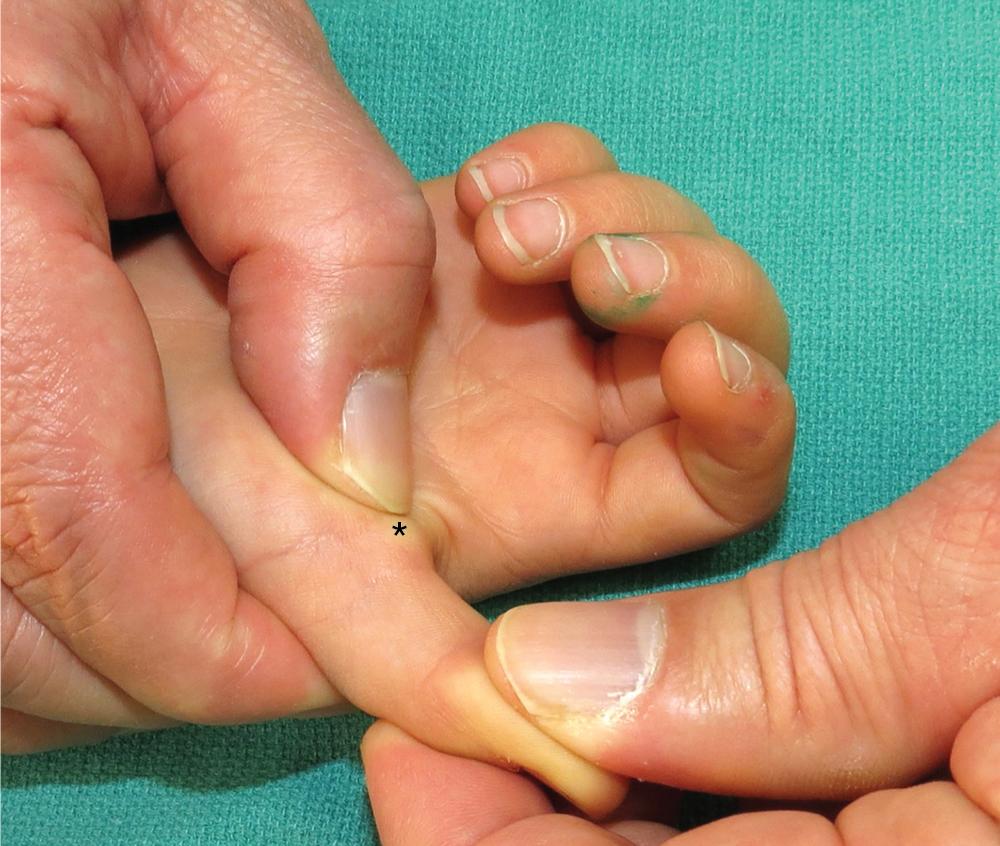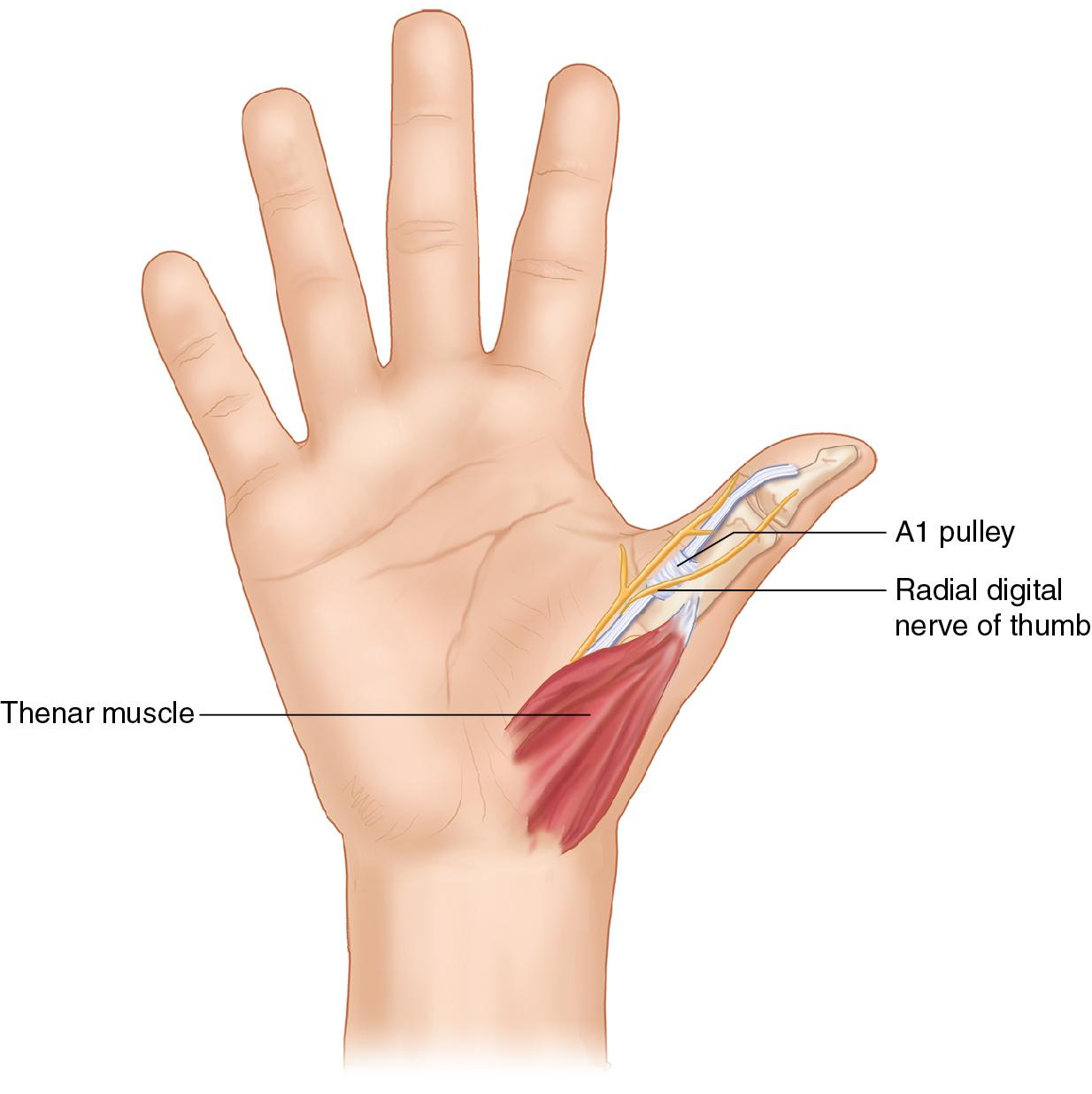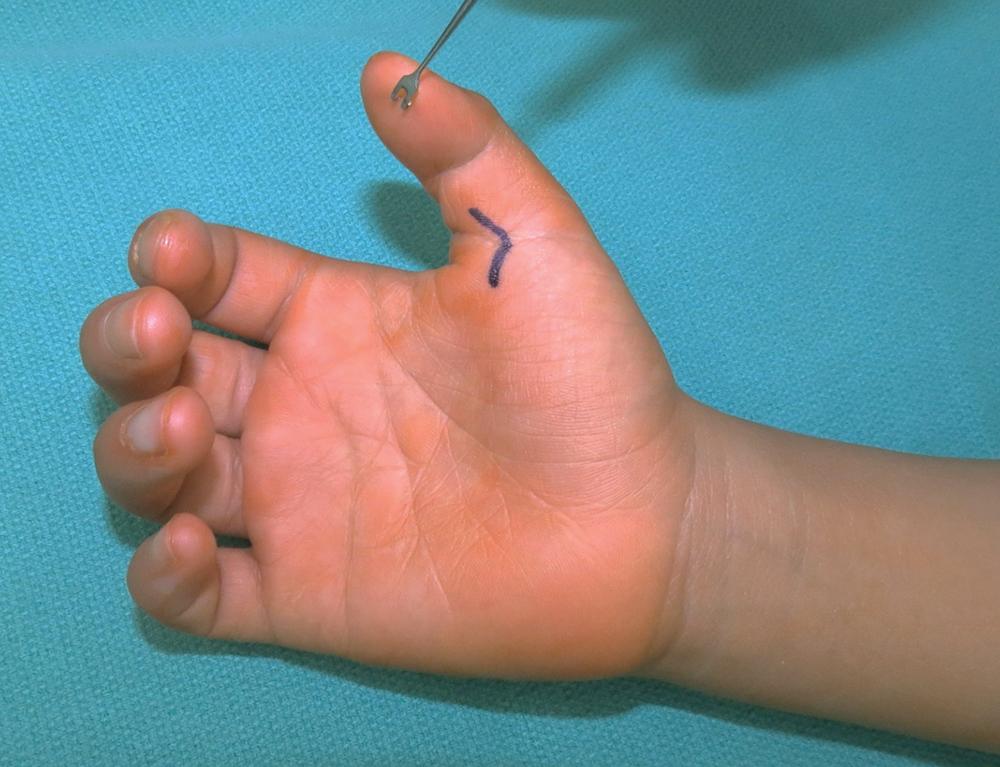Physical Address
304 North Cardinal St.
Dorchester Center, MA 02124
There are two types of pediatric trigger digit procedures: trigger thumb release and trigger finger release.
Trigger thumbs are one of the most common hand conditions affecting the pediatric population. They typically present in children between 1 to 4 years of age.
Timing for surgical intervention is debated because symptoms will resolve in an uncertain percentage of children. A period of observation is therefore recommended in children younger than 3 years of age, regardless of symptoms.
Surgery is indicated for children older than 3 years with a thumb interphalangeal (IP) joint locked in flexion or for those with painful, intermittent locking and clicking.
Contraindications include age less than 3 years, parental reluctance to proceed with surgery, medical comorbidities that would preclude safe surgery, and symptoms resolving with splinting alone.
Pediatric trigger thumbs are often locked in flexion at the IP joint ( Fig. 105.1 ). The IP joint may be passively extended with a painful and palpable click in early stages of the condition.

A palpable Notta node (focal nodular thickening of the flexor pollicis longus [FPL] tendon) is noted about the volar aspect of the metacarpophalangeal joint ( Fig. 105.2 ).

Trigger thumbs may occur bilaterally and both thumbs should be examined.
Although imaging is unnecessary for treatment planning in confirmed cases of trigger digits, many patients undergo plain radiographs before surgical evaluation to rule out a fracture or dislocation.
The thumb flexor tendon sheath is made up of two annular pulleys and one oblique pulley and contains the FPL tendon ( Fig. 105.3 ).

The radial digital nerve to the thumb crosses obliquely over the A1 pulley and is at risk of injury during pulley release ( Fig. 105.4 ).

The etiology of a trigger thumb is thought to be related to a size mismatch between the FPL tendon and the flexor tendon sheath.
The patient is placed in the supine position on the operating table with the entire upper arm prepared in the surgical area. A nonsterile tourniquet is applied on the upper arm.
The operation is performed under general anesthesia.
After exsanguination of the arm, a 1-cm transverse or chevron marking is made overlying the thumb metacarpophalangeal (MCP) joint flexion crease ( Fig. 105.5 ). We apply the chevron incision for wider exposure. The incision in the palm often heals without residual scarring.

Avoid infiltrating local anesthetic directly into the surgical site because this may obscure visualization. The principle in hand surgery is to block the nerves proximal to the operative field.
Care is taken to make the initial incision only through the dermis to avoid injury to the radial digital nerve lying in the subcutaneous fat.
The radial digital nerve is also at risk if the incision is designed too radially along the axis of the thumb.
Become a Clinical Tree membership for Full access and enjoy Unlimited articles
If you are a member. Log in here